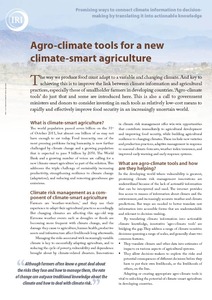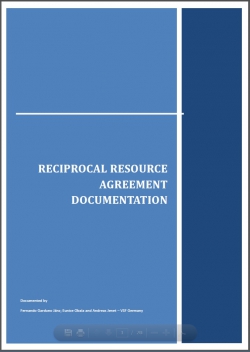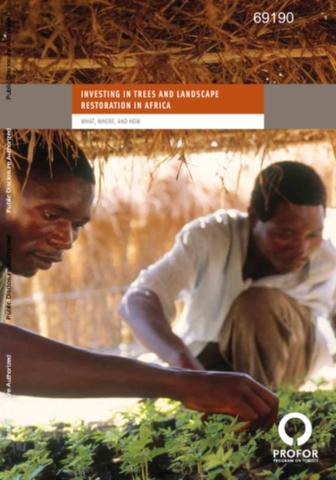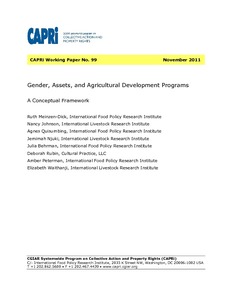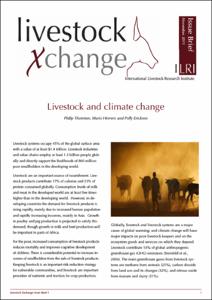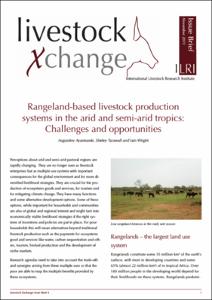Manual for Local Level Assessment of Land Degradation and Sustainable Land Management Part 2 - Field methodology and tools
This document is the second part of a two part manual on local level assessment of land degradation and sustainable land management: ? Part 1 ? Planning and Methodological Approach, Analysis and Reporting ? Part 2 ? Field Methodology and Tools The two parts should be used together as Part 1 provides the background information for the conduct of the methods and tools that are provided in Part 2.

